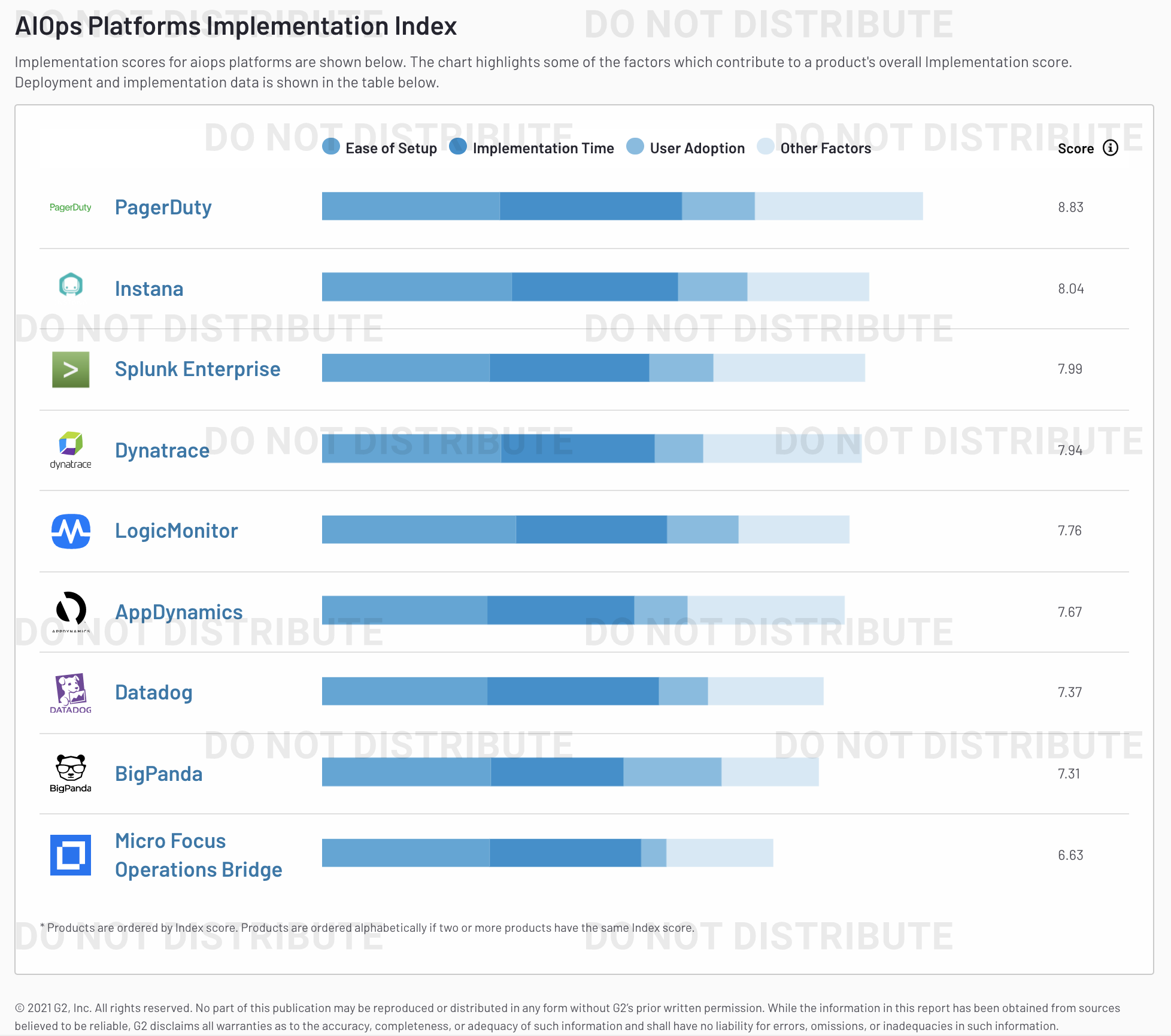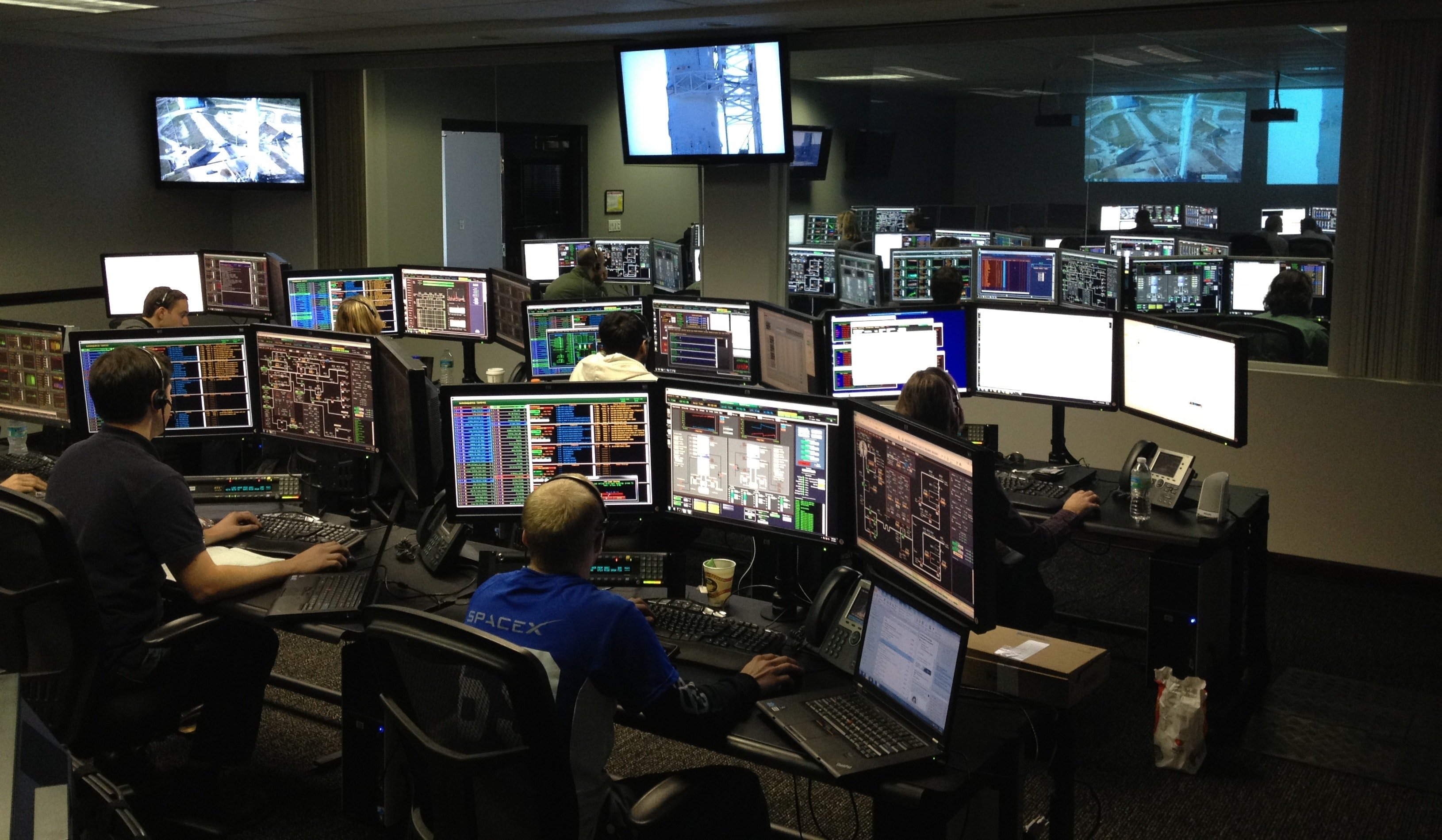2021 is the time of growth in the software space. As more and more businesses are getting back to normal, many are struggling to manage their complex IT infrastructure with growing demand.
Customers today want fast and reliable online interaction. In my previous article, I talked about the importance of website performance and how businesses are using website monitoring software to improve performance metrics—but modern IT systems are much more than just websites.
In today’s IT environment, most organizations operate in multicloud environments that use a wide variety of technologies such as microservices, big data, mobile apps, third-party plugins, and so on. IT teams struggle to manage all these technologies, so many of them bought a dozen monitoring solutions, hoping to capture everything that is going on in their IT infrastructure. However, with this, a new question arises: how to manage all of these monitoring solutions?
A popular answer is artificial intelligence for IT operations (AIOps), which analyzes all the feedback from monitoring software and streamlines an automatic process for the IT team to fix the root problem. Now we have advanced AI that can handle everything for us. Could this dream come true? Let’s take a look at how AIOps currently fit into the grand scheme of IT infrastructure today.
How does AIOps fit into an organization's IT environment?
What are AIOps Platforms?
AIOps uses AI or machine learning to analyze large volumes of data across a variety of systems. AIOps platforms accelerate issue identification and resolution by increasing root cause analysis (RCA) accuracy and proactive identification, which reduces time to resolution and helps improve service level agreement (SLA) adherence. All IT teams can take advantage of the benefits AIOps platforms offer.
AIOps monitors logs from monitoring software. Once monitoring software spots an irregularity or issue, AIOps traces the problem on where the transaction happened with log analysis and monitoring. Then it alerts the IT team via incident management and service desk solutions so they can fix any issues. This process may change based on the solutions used, but the core idea is the same: AIOps platforms integrate those functionalities directly into the platform to consolidate troubleshooting resources. Instead of having a whole IT team manage each solution, AIOps takes care of most of the work and frees IT resources for other strategic priorities.
This is a huge trend right now because, on G2, the traffic for AIOps Platforms software category increased significantly over the last few months. There is around 200% unique visitor growth on the G2 AIOps Platforms category web traffic since last May. In February 2021, the category saw a 600% spike in traffic, which could be attributed to industry events.
How to make AIOps work?
AIOps requires a lot more time and consideration to get it right than many businesses think. It is not an end-all solution that can be implemented once and then is forgotten about. It takes constant management to deliver its full functionality. There are two considerations to be aware of to be prepared for the challenges and deliverables.
Team management: aligning goals with all stakeholders
Surprisingly, one of the most difficult challenges of using AIOps is not on the technical side. Management and communication will determine how successful the AIOps program will be. A complete AIOps solution changes how the development team, operation team, quality assurance (QA) team, and other stakeholders interact with each other. For the automation to work, each team must be accountable for their role in the process and not work in silos.
If the development team and operation team are still working in silos, organizations should consider combining them into a DevOps team for rapid delivery. Most tech companies have done that, and it may help businesses to take a look at how Amazon, Microsoft, and Google run their DevOps.
The DevOps team must be fully trained on the AIOps solution for two reasons: integration and usability. AIOps takes in loads of data to analyze what the problems are. However, legacy infrastructure may not integrate well, so it is important that the DevOps team knows the capabilities of AIOps software. They might decide to purchase additional data cleaning and storing software to connect AIOps to legacy systems. AIOps uses a black box approach to pinpoint problems and give recommendations. Since AIOps doesn’t always show how it gets to its solution, the DevOps team would have to understand the software thoroughly to set up custom rules for additional insights. Otherwise, they won’t know what the software is doing and may be missing another piece of the puzzle.
Since AIOps automates problem finding and monitoring with AI, there will be times where DevOps teams do not understand why the AI is recommending certain solutions and its possible negative impacts. This is why the QA team should check and follow up.
Lastly, KPIs and metrics for the teams involved need to be changed based on each team’s responsibility. Forcing teams to work together while having the previous KPI may distract them from full participation. Detecting more anomalies might not be a good goal compared to shortening downtimes. A new use case should be published so that everyone knows the expectation. This is not just “another software”, this is also a new process that everyone should follow that will change their daily priorities.
Cost management: overheads and integration
Whenever there is an accountability change among different teams, there will be a lot of overheads. IT teams will need to be trained on the new software and how it can be integrated into the legacy system. They need to have a thorough understanding of the current IT infrastructure, the problems that need to be fixed, and the resources available. One thing that helps is starting with smaller goals that require fewer resources, which gives time for teams to practice before tackling more complex problems. There will be fewer overheads and higher ROI with this approach.
Another cost consideration is complementary software. New software might need to be purchased to integrate with the AIOps solution. Additional monitoring, IT alerting, data lake, and so on are required depending on the current infrastructure and the AIOps software of choice.
For example, if the configuration management database can’t keep track of your servers in another location, you can’t build a dependency map for your application. If the problem comes from that server, the monitoring software can’t trace the problem to that server. The AIOps won’t get any feedback from the monitoring solution. Your entire AIOps process just failed because of that, so it is important to understand what is needed before something goes wrong. AIOps can only analyze what it connects and the more data it consumes, the smarter it gets with time.
How G2 can help
G2 Reports for AIOps platforms provide a ton of data to buyers based on real user reviews of AIOps products. Organizations can use different reports to look at different aspects of AIOps products to make the best purchasing decisions.
As mentioned above, deploying AIOps is not easy. The chart below highlights the Implementation Index for AIOps Platforms—based on real user satisfaction ratings for a number of implementation-related review questions on the setup process, user adoption rate, time to go live, implementation methods, and so on.

In other G2 categories, top products usually have implementation scores above 8 and even 9, the highest score being 10. However, for the AIOps Platforms category, many of these products have scores lower than that. This signals that customers are not satisfied with the implementation process. If organizations don’t prepare their IT teams and key stakeholders, it is going to be hard to deploy AIOps solutions for the company.
Want to learn more about Application Performance Monitoring (APM) Tools? Explore Application Performance Monitoring (APM) products.

Tian Lin
Tian is a research analyst at G2 for Cloud Infrastructure and IT Management software. He comes from a traditional market research background from other tech companies. Combining industry knowledge and G2 data, Tian guides customers through volatile technology markets based on their needs and goals.
